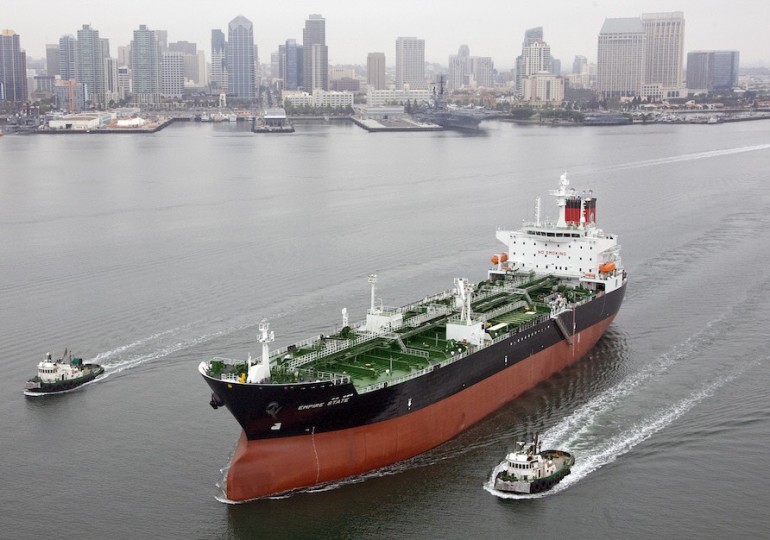
August 28th, 2015 Sam Chambers
There are conflicting reports about the risks for seafarers calling at the port of Tianjin, where a giant chemical fire broke out 16 days ago.
Currently a bio team is still cleaning the site and authorities have built a 20,000-sq-m tank to gather the contaminated earth. The local environmental authority claims the current concentration of toxic gas in the air will not cause heath problems for people in the nearby vicinity of the warehouse where the explosion occurred.
The huge fireball has killed close to 200 people and injured many more. Locals are questioning the veracity of the authorities however, especially in light of the fact that it took more than 48 hours for them to admit that it was a toxic chemical explosion in the first place.
The United States Coast Guard (USCG) and the US Customs and Border Protection (CBP) have been monitoring vessel traffic and cargo departing the port complex in Tianjin due to concerns that there may be potentially hazardous ash, debris or residues on vessels or cargo bound for US ports.
In a bulletin from the USCG earlier this week the organisation said vessel owners and operators should be aware of the potential for hazardous ash, debris or residues onboard impacted vessels or containers, particularly in cargo bays and interior spaces not regularly exposed to the elements.
The USCG said it is “concerned” that impacted vessels and cargo may have an increased risk of exposure to potentially hazardous chemicals.
Several hazardous chemicals are reported to have been in the main warehouse, including sodium cyanide (UN1689) and calcium carbide (UN1402).
“Given the substantial size of the explosions and the suspected hazardous chemicals that were involved, ships and cargo in port at or near the times of the explosions may have been exposed to potentially hazardous dust, ash, or debris,” the USCG warned.
The USCG’s primary concerns encompass any vessels that had cargo bays or hatch covers open when the blasts occurred, and any cargo or containers that were likewise exposed during the explosions.
The Department of Homeland Security is monitoring all US bound cargo and vessel traffic that were in the port of Tianjin on or after August 12.